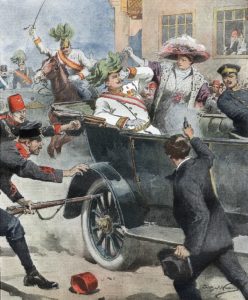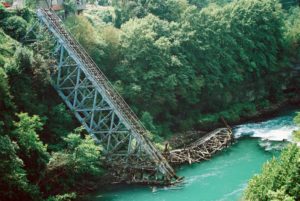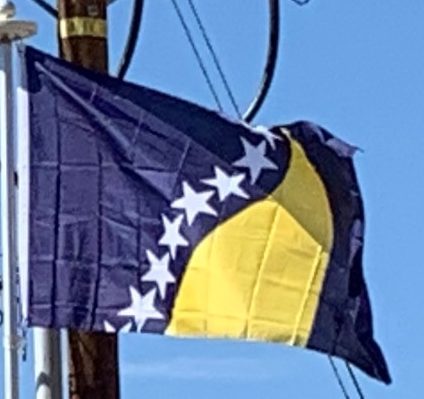
Kingdom of Yugoslavia (1918–1941):
Following World War I, Bosnia and Herzegovina joined the South Slav Kingdom of Serbs, Croats and Slovenes (soon renamed Yugoslavia). Political life in Bosnia at this time was marked by two major trends: social and economic unrest over property redistribution, and formation of several political parties that frequently changed coalitions and alliances with parties in other Yugoslav regions.
Although the initial split of the country into 33 oblasts erased the presence of traditional geographic entities from the map, the efforts of Bosnian politicians such as Mehmed Spaho ensured the six oblasts carved up from Bosnia and Herzegovina corresponded to the six sanjaks from Ottoman times and, thus, matched the country’s traditional boundary as a whole.
The establishment of the Kingdom of Yugoslavia in 1929, however, brought the redrawing of administrative regions into banates or banovinas that purposely avoided all historical and ethnic lines, removing any trace of a Bosnian entity. Serbo-Croat tensions over the structuring of the Yugoslav state continued, with the concept of a separate Bosnian division receiving little or no consideration.
The Cvetković-Maček Agreement that created the Croatian banate in 1939 encouraged what was essentially a partition of Bosnia between Croatia and Serbia. However the rising threat of Adolf Hitler’s Nazi Germany forced Yugoslav politicians to shift their attention. Following a period that saw attempts at appeasement, the signing of the Tripartite Treaty, and a coup d’état, Yugoslavia was finally invaded by Germany on 6 April 1941.
World War II (1941–45):
Once the kingdom of Yugoslavia was conquered by German forces in World War II, all of Bosnia was ceded to the Nazi puppet regime, the Independent State of Croatia (NDH). The NDH leaders embarked on a campaign of extermination of Serbs, Jews, Romani as well as dissident Croats, and, later, Josip Broz Tito’s Partisans by setting up a number of death camps.
An estimated 209,000 Serbs and Montenegrins were killed on the territory of Bosnia–Herzegovina during the war. The Ustaše recognized both Roman Catholicism and Islam as the national religions, but held the position Eastern Orthodoxy, as a symbol of Serbian identity, was their greatest foe. Although Croats were by far the largest ethnic group to constitute the Ustaše, the Vice President of the NDH and leader of the Yugoslav Muslim Organization Džafer Kulenović was a Muslim, and Muslims (Bosniaks) in total constituted nearly 12% of the Ustaše military and civil service authority.
Many Serbs themselves took up arms and joined the Chetniks, a Serb nationalist movement with the aim of establishing an ethnically homogeneous ‘Greater Serbian‘ state.

The Chetniks, in turn, persecuted and killed a large number of non-Serbs and Communist sympathizers, with the Muslim population of Bosnia, Herzegovina and Sandžak being a primary target. Once captured, Muslim villagers were systematically massacred by the Chetniks. Of the 75,000 Muslims who lost their lives in Bosnia and Herzegovina during the war, approximately 30,000 (mostly civilians) were killed by the Chetniks.
